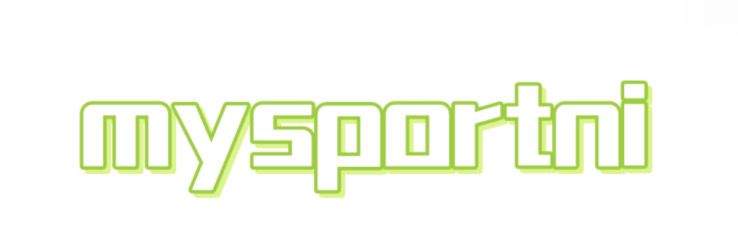How to Choose NBR Rubber Parts for Sealing?
How to Choose NBR Rubber Parts for Sealing?
Nitrile Butadiene Rubber (NBR) has become the preferred material for components designed for sealing due to its exceptional characteristics. When it comes to selecting NBR rubber parts for sealing applications, certain essential factors should be taken into account to guarantee optimal efficiency and durability.
Understand the Material Properties
- NBR is renowned for its outstanding oil resistance, making it an excellent choice for seals in both automotive and industrial contexts.
- This material provides good mechanical strength and resilience to abrasion, highly advantageous in challenging environments.
- It is important to consider the temperature range as NBR generally operates efficiently within -30°C to 100°C (-22°F to 212°F).
Identify Application Requirements
- Examine the specific fluids or gases that the seal will encounter. While NBR performs well with hydrocarbons, it may not be effective with polar solvents.
- Assess the pressure levels involved in the application to ensure that the NBR parts can sustain the pressure without deforming or failing.
- Account for any unique environmental factors like temperature changes or exposure to UV light or ozone.
Select the Right Hardness
- The hardness of NBR rubber is evaluated on the Shore A durometer scale, with typical hardness ranging from 40A to 90A.
- Softer rubbers are better suited for flexible applications, while harder compounds are ideal for high-pressure conditions.
- It's essential to test the hardness against the specific needs of the application to ensure effective sealing.
Consider the Manufacturing Process
- Depending on the complexity of your design and required volume, you can choose between molded rubber parts and extrusions.
- Ensure that the manufacturer uses high-grade NBR compounds that comply with your industry standards.
- Investigate available customization options, such as specific dimensions, shapes, or hole configurations.
Review Compliance and Safety Standards
- It is crucial to confirm that the NBR components meet the relevant industry standards and regulations, such as FDA requirements for food-related applications.
- Look for certifications related to chemical compatibility, particularly for applications involving hazardous substances.
- Ensure adherence to safety standards pertinent to your industry to mitigate risks associated with seal failures.
Evaluate Cost and Quality
- Perform a cost-benefit analysis to achieve a balance between high-quality materials and budgetary limits.
- Select reputable suppliers who provide detailed product specifications and maintain rigorous quality control practices.
- Consider the manufacturer's warranty and support options for added confidence regarding the product's reliability.
By thoroughly evaluating these aspects, you can make an informed choice regarding the nbr rubber parts for sealing that align with the specific demands of your application, ensuring superior sealing performance.
Are you interested in learning more about nbr rubber parts for sealing, customized dust proof rubber oil seal from china manufacturer, rubber open oil seal manufacturers china? Contact us today to secure an expert consultation!

